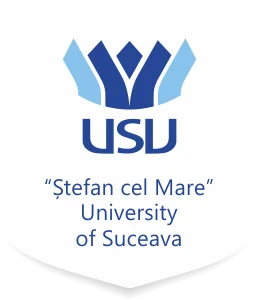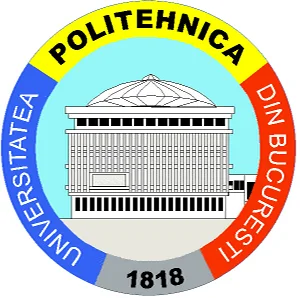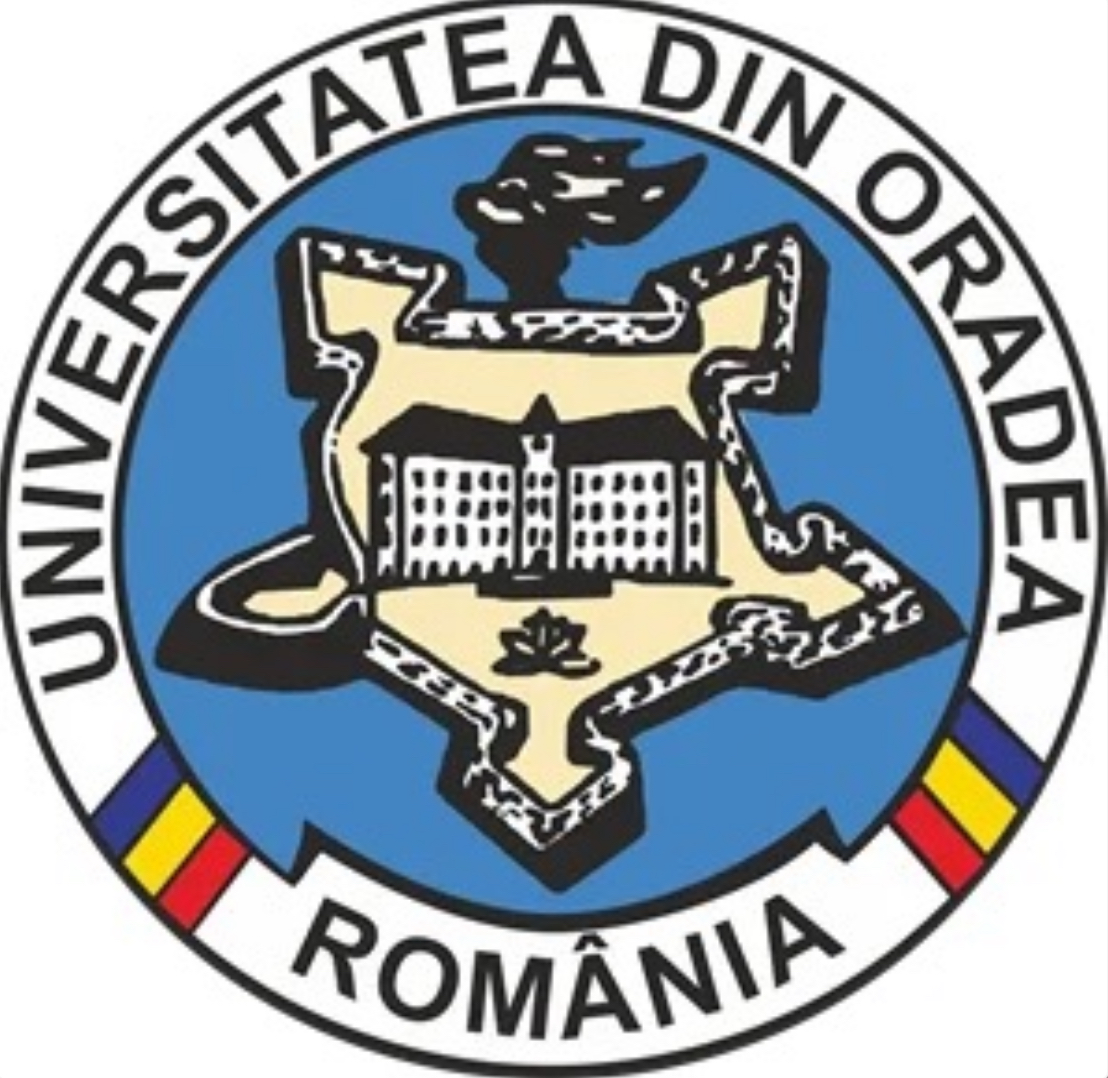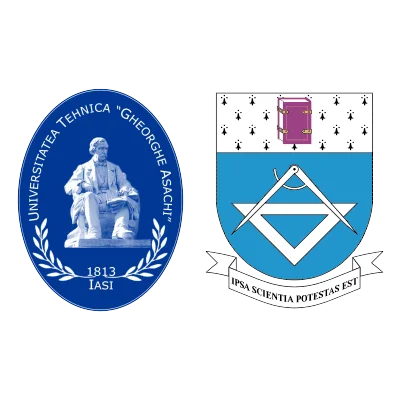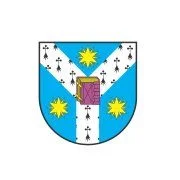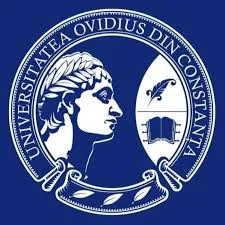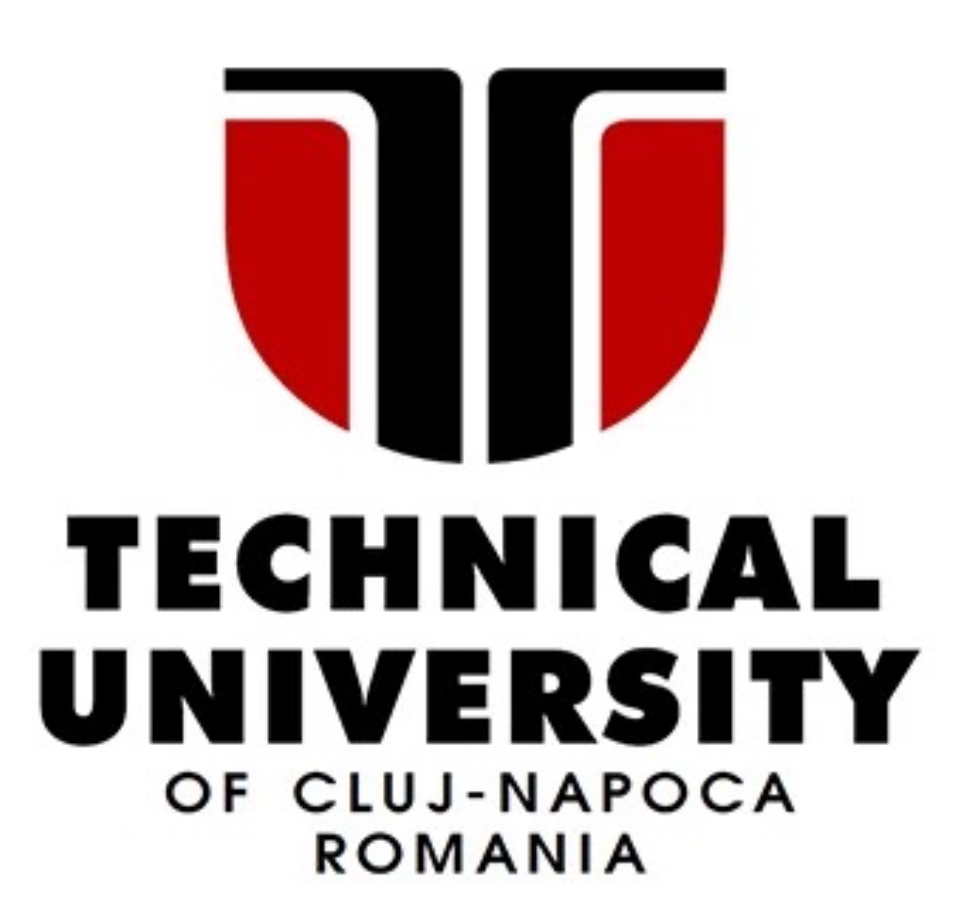Politehnica University of Timisoara

Politehnica University of Timisoara
Politehnica University of Timișoara was established on November 11, 1920, by Royal Decree no. 4822 signed by King Ferdinand I. This made Timișoara the first city in Romania to receive the title "Civitas Academica" (Academic City).
Initially, it was known as the "Politehnica School of Timișoara", starting its activity on November 29, 1920, with 117 students from across Romania. The temporary location was the City Hall building.
In 1948, its name changed to Timișoara Polytechnic Institute, and later in 1970, it was renamed Traian Vuia Polytechnic Institute to mark its 50th anniversary.
In 1991, it became the Technical University of Timișoara, and finally, in 1995, it was renamed Politehnica University of Timișoara.
Today, Politehnica University of Timișoara is one of the leading higher education institutions in Romania, offering academic programs in engineering and applied sciences, and holds a strong reputation both nationally and internationally.
Academic Ranking and Accreditation
-
Considered one of the leading technical universities in Romania with a strong reputation locally and internationally.
-
Ranked in global university listings such as QS and Times Higher Education (THE), with solid standings in engineering and technical sciences fields.
🧪 Academic Programs and Research
-
Offers a wide range of programs in engineering, information technology, and applied sciences.
-
Equipped with advanced research centers and laboratories featuring the latest technologies to support scientific research and development.
🏫 Campus Life and Facilities
-
Modern campus with comprehensive educational, sports, and cultural facilities.
-
Provides a supportive learning environment with various student activities and clubs to develop personal and social skills.
🌍 International Students and Support
-
Increasing number of international students from diverse countries.
-
Offers programs in multiple languages, including Romanian and English, with excellent support for international students.
💼 Career Opportunities and Internships
-
Strong partnerships with industrial and technology companies providing internships and job opportunities for students and graduates.
-
Organizes career fairs and workshops to improve students’ readiness for the job market.
Key Admission Requirements at Politehnica University of Timișoara
-
High school diploma or equivalent, officially certified and translated.
-
Valid passport.
-
Transcript of records for high school subjects.
-
Birth certificate, with official translation.
-
Recent passport-sized photos.
-
Language proficiency certificate (if studying in English or another non-Romanian language):
-
TOEFL minimum score: 72
-
IELTS minimum band: 5.5
-
-
Health certificate proving the student is free from contagious diseases.
-
Proof of payment of the application fee.
-
Completed application form via the official university website.
-
Some programs may require an interview or entrance exam.
Main Faculties at Politehnica University of Timișoara
The university offers a diverse range of faculties covering various fields, including:
-
Faculty of Engineering: Includes specializations such as mechanical engineering, electrical engineering, and computer engineering.
-
Faculty of Architecture: Focuses on the design and construction of buildings and structures.
-
Faculty of Information Technology and Communications: Covers areas like networks, programming, and intelligent systems.
-
Faculty of Economic and Legal Sciences: Offers programs in economics, management, and law.
-
Faculty of Social Sciences, Education, and Psychology: Specializes in social and educational studies.
-
Faculty of Arts and Humanities: Focuses on arts, history, and languages.
💰 Tuition Fees for International Students (Non-EU)
Tuition fees vary depending on the specialization and degree level as follows:
-
Romanian Language Preparatory Year: €1980 per year.
-
Bachelor’s and Master’s in Humanities and Administrative Sciences: €1980 per year.
-
Bachelor’s and Master’s in Engineering and Information Technology: €2430 per year.
-
Bachelor’s and Master’s in Architecture: €3150 per year.
-
PhD in Engineering Fields: €3480 per year.
-
PhD in Architecture: €4440 per year.
Copyright @ | All Right Reserved. Developed by Alameer Media.
